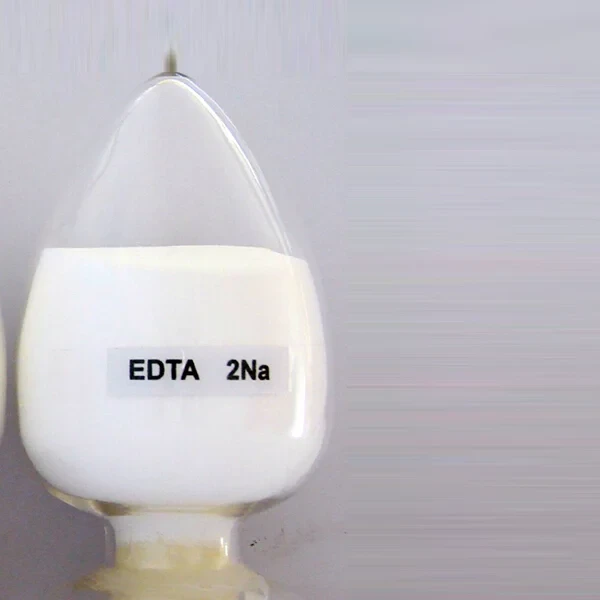
News
Dec . 23, 2024 23:54 Back to list
chelated micronutrients fertilizer
The Importance of Chelated Micronutrients in Fertilizers
In the world of agriculture and gardening, the term micronutrients refers to the essential elements that plants need in smaller quantities to thrive. These include iron, manganese, zinc, copper, molybdenum, and boron, among others. Although required in minute amounts, these micronutrients play crucial roles in various plant physiological processes, including photosynthesis, respiration, enzyme function, and overall plant health. One particularly effective way to ensure that plants receive these vital micronutrients is through the use of chelated micronutrient fertilizers.
What are Chelated Micronutrients?
Chelated micronutrients are micronutrients that have been combined with organic compounds, known as chelating agents, to enhance their availability to plants. This is especially important because many micronutrients can become unavailable to plants due to soil pH, temperature, and other environmental factors. Chelation allows these nutrients to remain soluble and accessible in the soil solution, enabling plants to absorb them more efficiently.
The chelation process typically involves a metal ion (such as iron or zinc) being surrounded by a chelating agent, which stabilizes the nutrient and prevents it from reacting with other elements in the soil. This complex formation increases the stability and mobility of the micronutrients, allowing for better uptake by plant roots.
Benefits of Chelated Micronutrient Fertilizers
1. Enhanced Nutrient Availability One of the primary advantages of chelated micronutrient fertilizers is their ability to provide nutrients in a form that is readily available to plants. For example, iron tends to precipitate out of the soil solution in high pH conditions, making it less accessible; however, when chelated with agents like EDTA or EDDHA, iron remains soluble and available for plant uptake.
2. Improved Plant Health Micronutrients play critical roles in a variety of physiological processes. For instance, zinc is vital for enzyme activation, iron is essential for chlorophyll synthesis, and manganese plays a role in photosynthesis. A deficiency in any of these micronutrients can lead to poor plant growth, chlorosis (yellowing of leaves), and reduced yields. By using chelated micronutrient fertilizers, farmers and gardeners can prevent these deficiencies and promote healthier plants.
chelated micronutrients fertilizer

3. Increased Efficiency Chelated fertilizers often require smaller application rates compared to non-chelated forms. This not only reduces the amount of fertilizer needed, leading to cost savings, but also minimizes the risk of nutrient leaching into the environment, which can cause pollution and disrupt local ecosystems.
4. Versatility in Application Chelated micronutrient fertilizers can be applied through various methods, including foliar sprays, soil drenching, and as part of a regular nutrient regimen. This flexibility allows farmers and gardeners to tailor their fertilization practices to meet the specific needs of their crops and the unique conditions of their soil.
5. Compatibility with Other Inputs Many chelated fertilizers are compatible with other agricultural inputs, such as pesticides and herbicides, making them an easy addition to existing farming practices. This compatibility allows for more integrated and efficient farming systems.
Considerations When Using Chelated Micronutrient Fertilizers
While chelated micronutrient fertilizers provide numerous benefits, it is essential to apply them correctly to avoid potential issues. Overapplication can lead to nutrient imbalances, and certain chelating agents may interact differently based on soil pH and composition. It is crucial to perform soil tests to determine existing nutrient levels and tailor applications accordingly.
Additionally, different plants have various micronutrient requirements; for example, leafy greens may require different levels of certain nutrients compared to fruiting vegetables. Understanding these needs can help maximize the effectiveness of chelated micronutrient fertilizers.
Conclusion
In conclusion, chelated micronutrient fertilizers offer a promising solution for enhancing soil fertility and ensuring optimal plant health. By providing essential nutrients in a bioavailable form, these fertilizers help overcome challenges related to nutrient availability in the soil, ultimately leading to improved crop quality and yields. As the agricultural sector continues to face pressures related to sustainability and productivity, the role of chelated micronutrients will undoubtedly become increasingly significant. For both commercial farmers and home gardeners, incorporating these fertilizers into their practices can lead to successful and sustainable plant growth.
-
Polyaspartic Acid Salts in Agricultural Fertilizers: A Sustainable Solution
NewsJul.21,2025
-
OEM Chelating Agent Preservative Supplier & Manufacturer High-Quality Customized Solutions
NewsJul.08,2025
-
OEM Potassium Chelating Agent Manufacturer - Custom Potassium Oxalate & Citrate Solutions
NewsJul.08,2025
-
OEM Pentasodium DTPA Chelating Agent Supplier & Manufacturer High Purity & Cost-Effective Solutions
NewsJul.08,2025
-
High-Efficiency Chelated Trace Elements Fertilizer Bulk Supplier & Manufacturer Quotes
NewsJul.07,2025
-
High Quality K Formation for a Chelating Agent – Reliable Manufacturer & Supplier
NewsJul.07,2025
